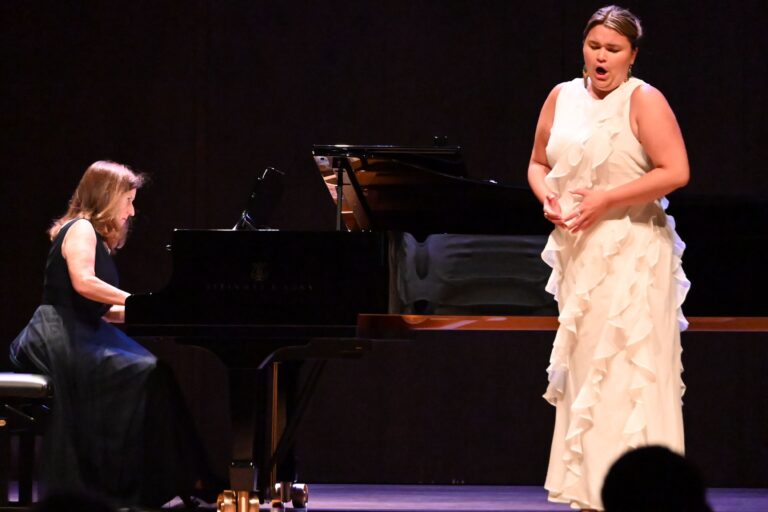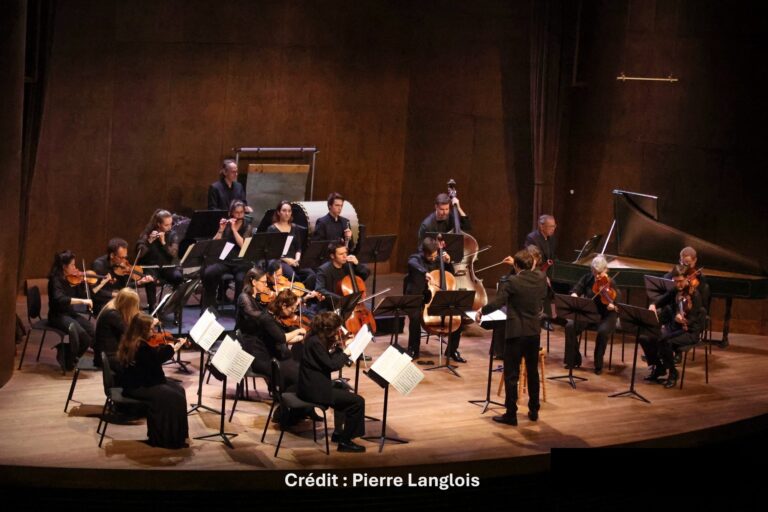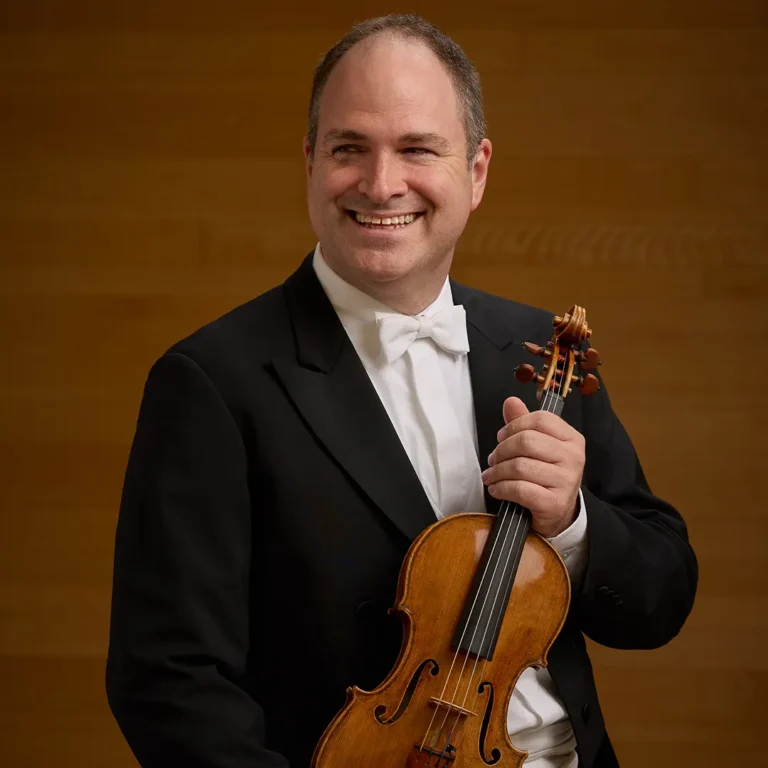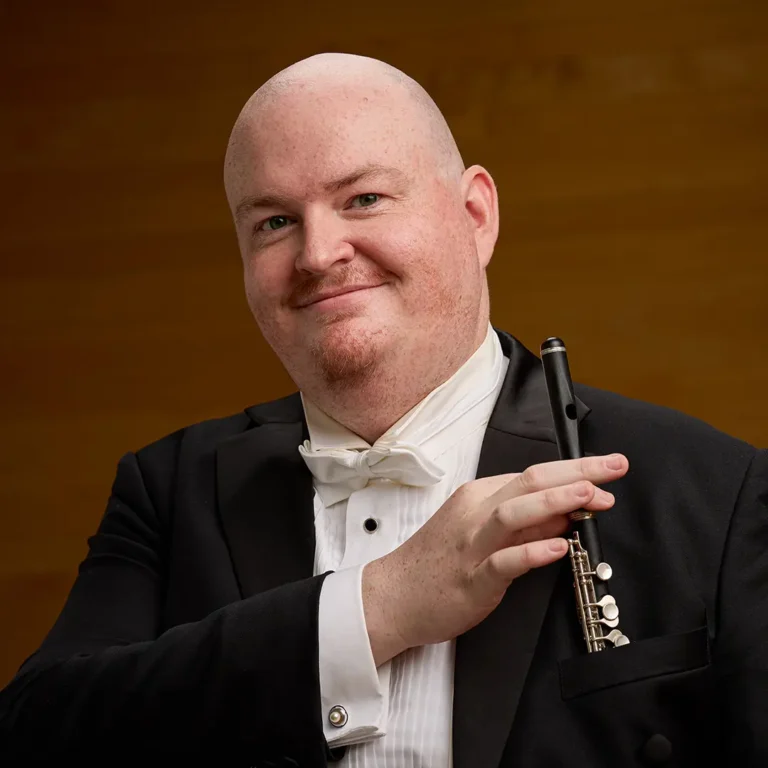The next-to-last concert of the Montreal Chamber Music Festival, last Saturday, marked two days associated with June 21: the 40th anniversary of the Ordre national du Québec and National Aboriginal Peoples’ Day. After a blessing by spiritual leader Kevin Deer, the “official” theme of the Order, a neo-romantic miniature composed by Steve Barakatt, was played by a string quartet, followed by a number of arias sung by Elisabeth St-Gelais, in exquisite form. Two melodies by Métis-born composer Ian Cusson, bathed in post-French melodie writing, were logically followed by two (melodically superior) examples by Cécile Chaminade, Villanelle and Infini, which the Innu soprano recorded on her album released last year (a gem, which you can READ THE REVIEW of here). A short but lovely piece for violin and piano by Andrew Balfour followed (Karakett Nitotem), before moving on to the evening’s “classical” repertoire: Debussy’s Sonata for violin and piano in G minor, L. 140 and Dvorak’s Serenade for strings. Mohawk violinist Tara-Louise Montour gave a distinctive performance of Debussy, and the Festival strings played Dvorak with élan.
It was a lovely concert, even if the coherence of the program left one dubious. Your humble servant had the impression that the “native” had been artificially “glued on”, as if to check the item off a “to-do list”. But above all, this concert was bathed in a feeling of infinite sadness, as the Bourgie Hall audience was famishing, and I weigh the word. About 50 people were there (and how many of them had received free tickets?). Bourgie can accommodate 450. That’s 10% of the hall. 10%. I asked around: the 2025 season was “difficult”, attendance-wise. Not as bad as this 10%, which was the worst performance, but averaging around 50%, which is disappointing. The following day’s final concert at the Maison symphonique did better, with violinist Kerson Leong exerting his strong pull, of course, but in a special, reduced gauge (audience on stage and in the back bleachers).
What’s happening with the Montreal Chamber Music Festival? Marketing? Event branding? Personality? Programming? Compared with the Montreal Baroque Festival, which took place (and ended, as it was much shorter) on the same weekend, the difference is striking: the latter gives an impression of dynamism, youth and community involvement. Several concerts are sold out (albeit in smaller venues), and most are filled to appreciable levels (READ MY REVIEWS OF TWO MONTREAL BAROQUE FEST CONCERTS HERE and HERE). One has energy, the other seems out of fuel.
In short, it’s time to think about the future of the Chamber Music Festival. A city like Montreal can’t afford not to have a large-scale, unifying chamber music event – it would be a disgrace. But right now, we’re wondering how long it can last like this.











